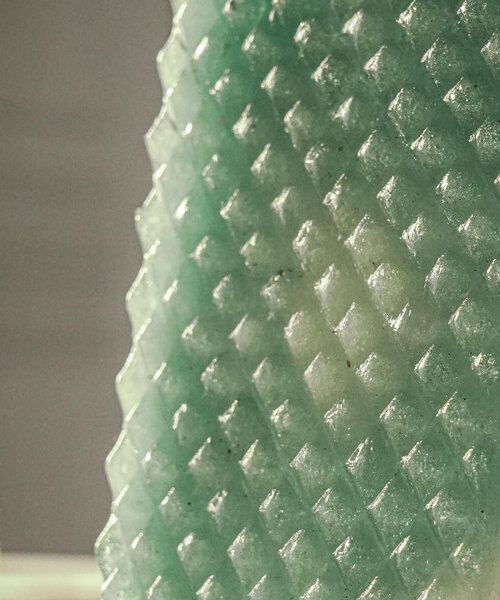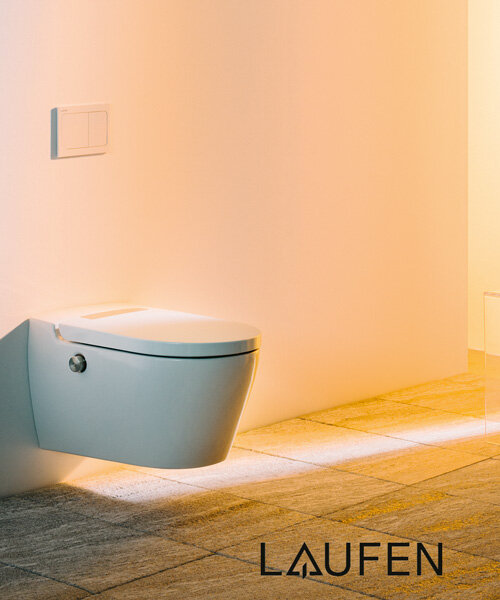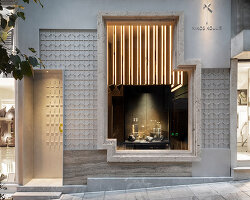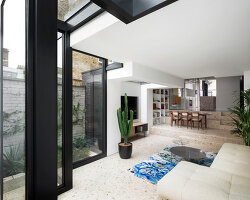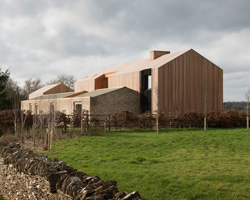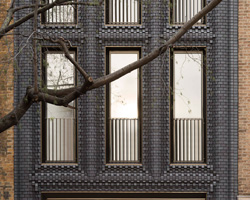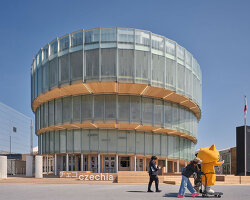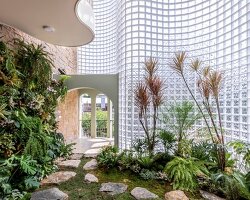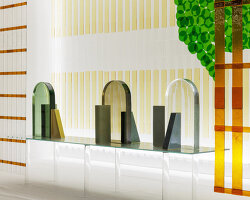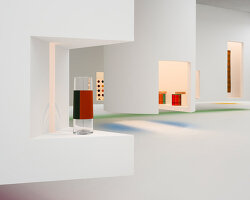turning waste into a new material
London-based architects Bureau de Change and Central Saint Martins student Lulu Harrison have developed a glass tile made from an unlikely source—quagga mussel shells. The project explores how the use of local waste materials can offer an alternative to the highly processed and unsustainable materials used in traditional glassmaking.
In this case, the design team used crushed quagga mussels shell waste, local sands, and waste wood ash. The quagga mussel shells are a waste product that are often found clogging up water pipes, which then becomes the problem of water services company Thames Water. Instead of sending them to landfill, as they typically would be, Harrison collaborated with the Head of Ecology at Thames Water to find a better use for the shells.
‘Every year millions of pounds are spent on removing the shells, with no effective way to get rid of them. Through incorporating this raw material into everyday design, this unique glass recipe can help solve the problem of shell waste and help restore local biodiversity,’ explains Harrison on Instagram.
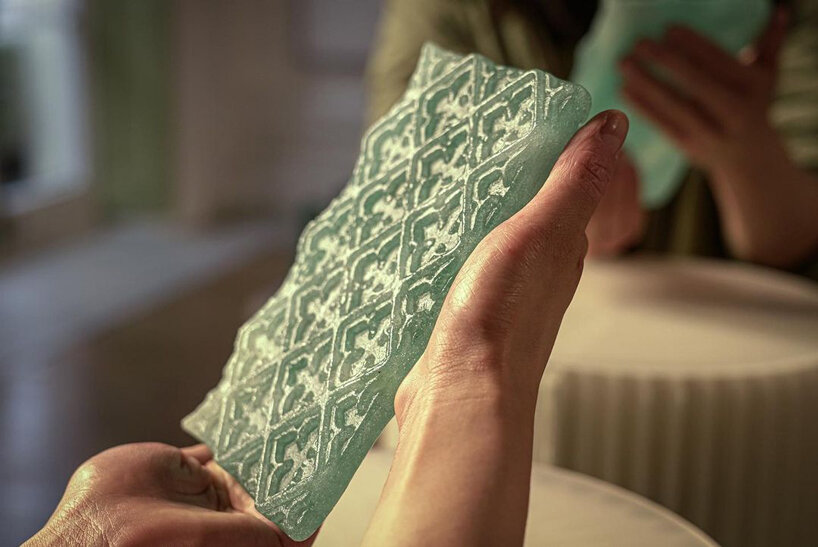
images courtesy of Bureau de Change on instagram
Bureau de Change made 3D printed moulds in their studio with a variety of decorative patterns, which reference mid-19th century terracotta chimney pots created by ceramics manufacturer Royal Doulton. The team posit that the glass cladding tiles could be utilized in future building design.
‘Through incorporating 21st century waste materials into glass making, this project represents the idea of Future Archaeology, and rethinking the way we view glass, and waste today,’ adds Harrison.
Named ‘Thames Glass’, Harrison is also using the new bio-material to create carafes and tumblers, which aim to promote drinking tap water rather than buying bottled water.
The Thames Glass tiles were showcased as part of an exhibition at The Assembly Rooms in Mayfair titled Beautility: How Fusing Beauty & Function Can Change The World. On view from May 11-13 2022, the exhibition was curated by Here Design to demonstrate how innovation in the biosphere can light the path to a sustainable future.

closeup view of the Thames Glass tile

the tiles were exhibited as part of Beautility: How Fusing Beauty & Function Can Change The World
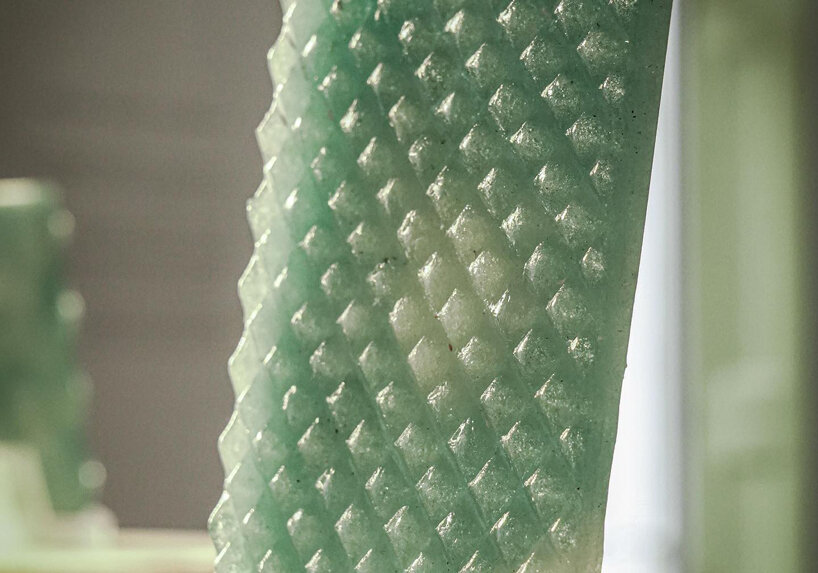
the patterns were informed by mid-19th century terracotta chimney pots in London

the glass is made from crushed quagga mussels shells, local sands, and waste wood ash
project info:
name: Thames Glass
design: Bureau de Change and Lulu Harrison
collaborator: Thames Water
